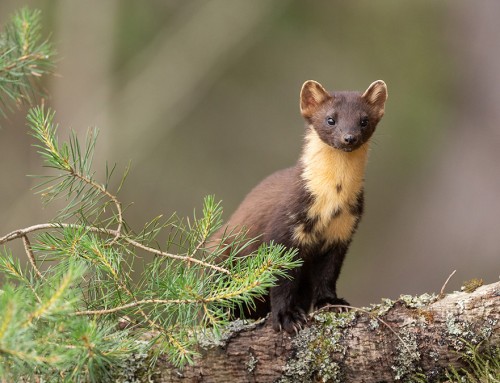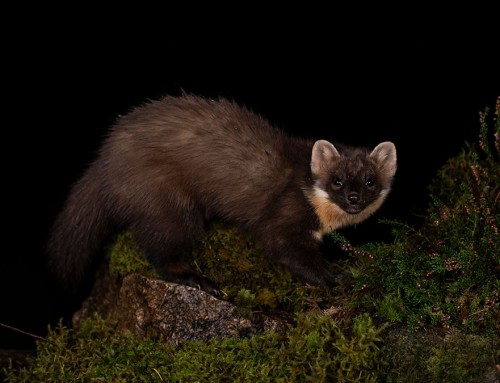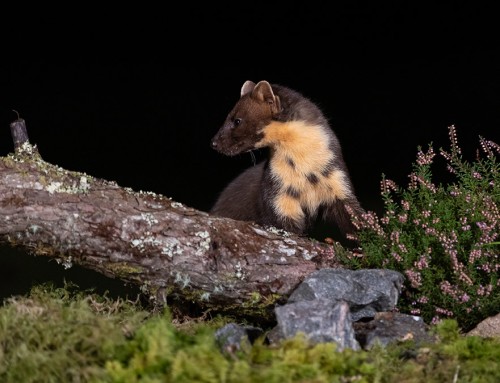The Highlands & Islands are blessed with some of the best beaches in the world. Some keep coming back for the amazing views, to play with their children, walk their dogs or to go fishing, but for a small group of enthusiasts it’s the beachcombing that is the major attraction.
Part of the appeal of this activity lies in its simplicity, no skills or preparation is required and you don’t have to be super fit. All ages can delight in the simple pleasures of strolling around a beach, collecting whatever interesting items the tide has washed up.
The Hebrides are still brilliant for collecting bounty from the sea but it is unlikely to yield anything as interesting or valuable as shipments of whisky, but part of the appeal is in not knowing what you may come across. Stinky Bay, Benbecula has long been a top spot for finding all kinds of booty. It faces the Atlantic so fierce storms can regularly deposit things from Canada and America. Old or young, if you walk the beaches of Scotland long enough you will find some sort of treasure.

Eathie Beach on the Black Isle is the place to go for fans of geology and fossil hunters. This beach, made famous by the geologist Hugh Miller, who lived close by in Cromarty, is a site of special scientific interest and it is possible to find Ammonites, fossilized mussel shells and fish scales at low tide.
Lily’s Driftwood Bay is a children’s animated tv programme that is based on the fictional island of Arranish (can you guess where it is based on!). In it, our young heroine lives in a shack on a beach and collects what she can find washed up there. As well as being very entertaining, the programme is a pointer to what some may regard as a kind of golden age of children’s entertainment. Beachcombing is great for kids, the sense of adventure and not knowing what you may find, the thought of treasure under every rock or the chance to run wild and free and maybe even discover something new. It’s what holiday memories are made of! (Not to mention you finding sand and bits of seaweed in the boot of the car forever more!).
Messages in bottles are perhaps the most intriguing that children can come across. The purpose of these can vary, from scientific study to people looking for love. The longest time a message has floated in the sea before being recovered is over 100 years so these can indeed be postcards from another era. A reminder of what the world was like before email.
The remote island of St Kilda used to depend on contact with the rest of the world in the winter months by placing mail in a buoy, throwing it into the sea and depending on luck and goodwill for it to reach its intended destination. Believe it or not, most letters sent this way made it in the end.

Amongst the things you can find are coloured bits of glass and shells. The glass is often smooth and these items make a great mosaic or jewellery. Some people set them into concrete steps in their gardens or simply put in a nice jar for decorative use. Driftwood is another great find and this is used for all sorts of things. An unusual piece may just become an ornament, whilst some go as far as making mirror frames, benches and fences! Even old rope has been used on the Isle of Gigha to create a statue!
Unusual finds are even more exciting, like mermaids purses, whelk egg cases and a skull or bone never fails to enthral kids of all ages! So get out there, you never know what’s hiding in the seaweed.
Essentials: Bucket or bag for carrying the booty, spade, gloves, waterproof jacket, sun cream and sense of adventure!







